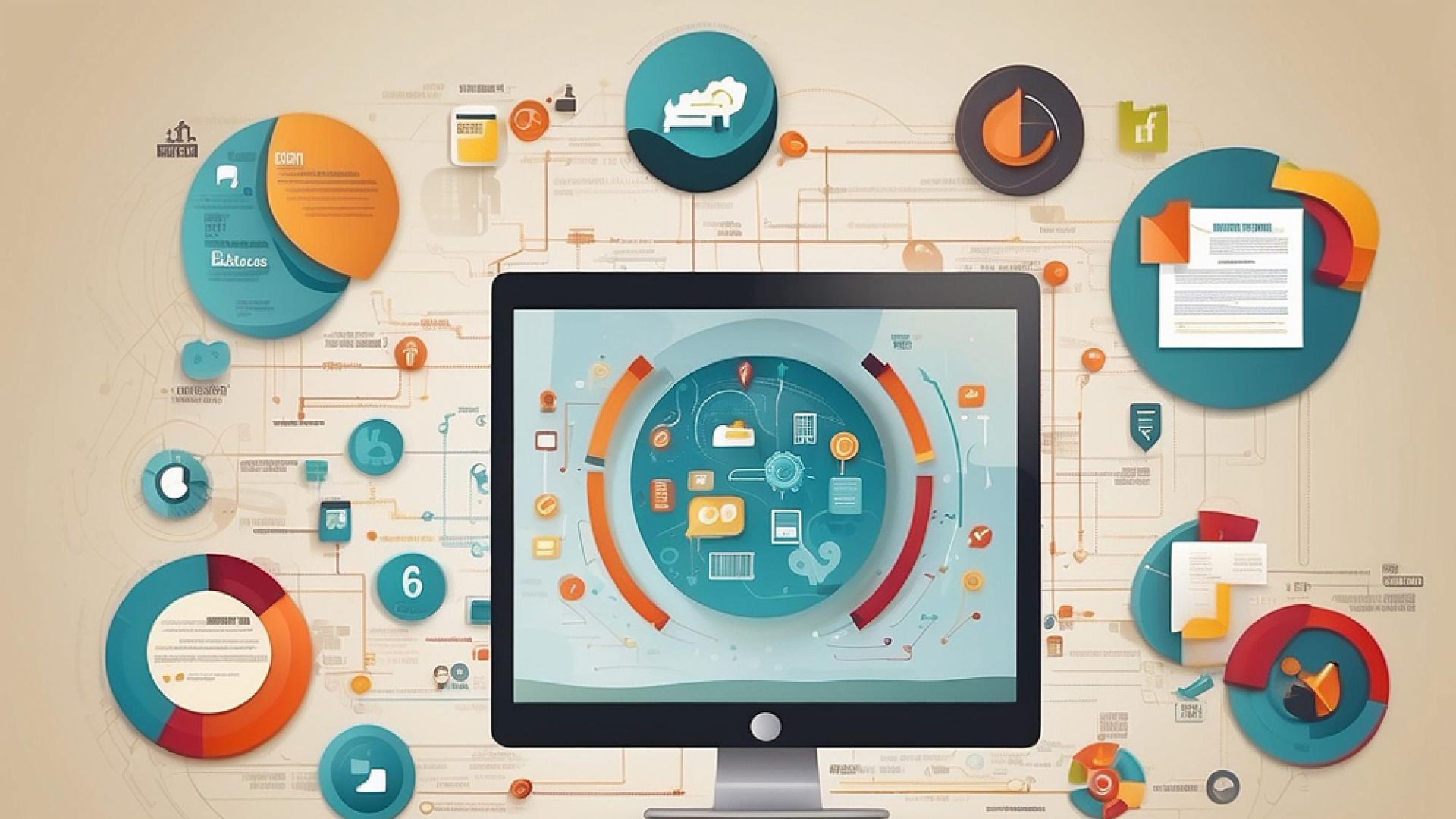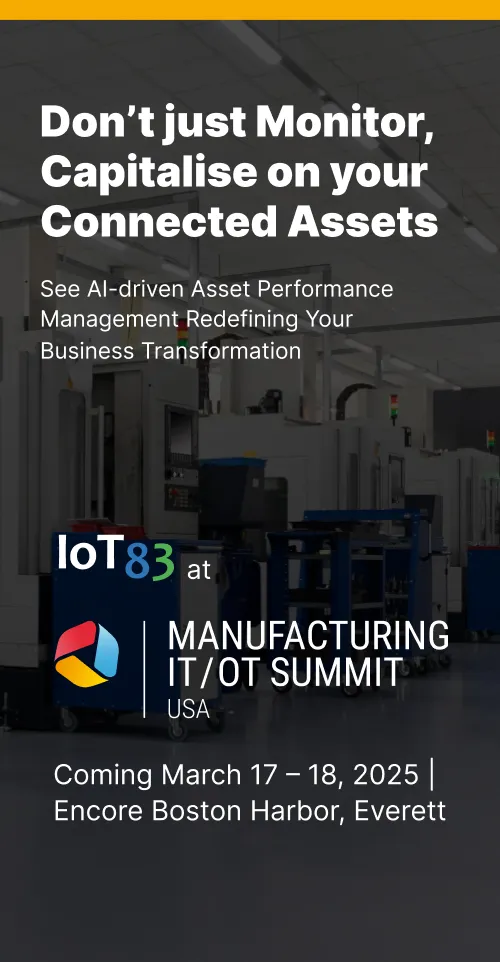Introduction: When Too Much Data Becomes a Liability
Manufacturing has always been about scale. Scale of production, scale of supply chains, and increasingly, the scale of data collection. Yet, many enterprises have discovered the hard way that raw data, by itself, isn’t power. In fact, without data pipeline orchestration, it can become a liability.
Take General Motors as an example. At one of its engine assembly plants, the company generated massive logs from automated assembly lines every day. Petabytes of operational telemetry were pouring in, but engineers couldn’t turn those logs into insights. Critical failures were sometimes detected too late because there was no unified data integration process, no structured way to translate logs into patterns. It wasn’t until GM implemented a temporal data-mining framework—essentially an early attempt at data transformation—that the company could identify correlations, flag anomalies in real time, and reduce costly downtime.
Now flip the script. At Ford’s Body Plant in Valencia, Spain, the company leaned into the use of big data in IoT. Instead of waiting for breakdowns, Ford set up a real-time monitoring system that captured machine telemetry and analyzed it continuously. Engineers were alerted via smartphone the moment a machine started slowing down, long before failure. The result? Since 2019, Ford has saved over €1 million in unplanned downtime while keeping delivery schedules intact.
Two global auto giants. One struggled due to a lack of orchestration. The other gained a competitive edge by investing early in IoT data management. The lesson is clear: manufacturers today aren’t suffering from a lack of data—they’re drowning in it. What they lack is the ability to orchestrate it. So, before we speak but how to initiate this change, let’s understand a bit more on why it matters, especially for industrial enterprises.
Why Orchestration Matters in Manufacturing
The modern shop floor is a jungle of complexity. A single enterprise may be ingesting feeds from:
- IoT sensors and devices streaming telemetry by the second
- ERP and CRM systems generating operational transactions
- SCADA and MES systems controlling industrial automation
- And from many more systems/processes/devices
This is a classic case of the “three Vs” of data: volume, velocity, and variety. Add in inconsistent identifiers, siloed systems, and multiple data formats—and you’ve got chaos.
Here’s what happens when data orchestration is missing or implemented poorly:
- Decisions slow down. Stakeholders can’t triage faults fast enough, leading to longer downtime.
- Costs balloon. Duplicate data storage, fragmented pipelines, and inefficient queries push cloud costs higher.
- Compliance becomes fragile. Scattered logs and fragmented event histories make audits nearly impossible.
I’ve seen this in action with large-scale projects like energy management systems. One real deployment had to manage data ingestion from 18 million smart meters, each reporting profiles at different frequencies (from every 5 minutes to once a month). Without a carefully designed data management and data analytics in IoT framework, the system would have collapsed under its own weight.
Anatomy of a Manufacturing Data Pipeline
Then, what does good data orchestration look like? In practice, it usually follows four big stages:

Stage 1: Data Ingestion
This is the front door of the system. Think of Apache Kafka, MQTT, or Azure Event Hubs aggregating data from machines, ERP, and sensors. The point is to centralize raw streams in real time.
Stage 2: Data Storage and Intelligence Processing
Raw data needs a safe, scalable data store in IoT—often a data lake—where it can be validated, cleaned, and enriched. AI/ML engines with feature engineering kick in here, removing duplicates, fixing schema mismatches, and normalizing units of measure.
Stage 3: Data Transformation and Intelligence
Now comes the heavy lifting. Orchestration pipelines run Spark jobs, coordinate workflows, and harmonize data so it can be analyzed. Event-driven microservices handle fault detection, scheduling, and alerts. This is where raw signals rebirth as insights.
Stage 4: Consumption and Visualization
Finally, the data has to land in front of humans. Secure APIs, Swagger catalogs, and dashboards let teams consume insights. Role-based access ensures operators see equipment-level detail, while executives get crucial KPIs.
Done right, this process is seamless. Done wrong, and you’re back to spreadsheets, disconnected tools, and too much firefighting.
Harvesting the True Business Optimization via Single Pane of Glass (SPoG)

Even when data pipelines are working, there’s another hurdle: insights are often scattered across multiple dashboards. That’s why manufacturers or industrial enterprises are increasingly talking about the need for a SPoG, aka, single pane of glass.
Think of it as a cockpit view. Instead of toggling between ERP reports, IoT dashboards, and SCADA alerts, everything is unified in one trusted view. Operators see correlated signals (asset health + work orders). Executives see consolidated KPIs across plants. And compliance teams get full event histories in one place.
The technical underpinnings include:
- Unified semantic data models (so an “asset” means the same thing across systems).
- Multi-tenancy and RBAC (so each role gets the right slice of data).
- Observability stacks like ELK or Prometheus to keep the pipelines themselves healthy.
The payoff? Faster incident response, higher adoption across teams, and fewer blind spots in decision-making.
Data Orchestration in Action: Real-World Case Studies
General Motors (Engine Plant – Data Struggle)
- Challenge: Massive fault logs from automated assembly lines with no orchestration.
- Solution: Eventually implemented temporal data analytics and orchestration to surface correlations.
- Impact: Before orchestration --> late failure detection, costly downtime. After --> improved visibility and more proactive maintenance.
Ford (Valencia Plant – Miniterms 4.0)
- Challenge: Risk of undetected machine slowdown causing line stoppages.
- Solution: Implemented of big data and AI for predictive maintenance, significantly reducing unplanned downtime and associated costs. This initiative, called Miniterms 4.0, uses mini-terminals connected to machines to predict potential failures, allowing for proactive maintenance scheduling.
- Impact: €1M+ saved in unplanned downtime since 2019, with higher reliability and throughput.
Energy Management (scaling up to 18M smart meters)
- Challenge: Millions of events daily, multiple communication protocols, strict compliance.
- Solution: Kafka-based data pipeline orchestration, Spark validation, microservices design.
- Impact: Scaled to 18M devices, 99.99% SLA, cost optimized to $0.0009/device/month.
Flow Metering Solution
- Challenge: Remote calibration and compliance validation.
- Solution: OTP-secured workflows, automated alerts, dashboards.
- Impact: <2s response time, 99.95% uptime, compliance-ready logs.
Electronics OEM scaled
- Challenge: Scale-up from 50 devices to 65M in a national rollout.
- Solution: AIoT platform for data ingestion, validation, and IoT solution creation.
- Impact: 65M devices onboarded in six months with full cybersecurity.
HVAC OEM’s Business Optimization
- Challenge: ERP, IoT, and asset monitoring data scattered across silos.
- Solution: Orchestrated ingestion and data integration pipelines feeding unified dashboards.
- Impact: Reduced operational overhead, improved asset lineage visibility, smarter business decisions.
Lessons for Manufacturing Leaders
Here are a few insights I’d share with my peers:
- Design for scale now. Don’t wait until you hit millions of devices—build elasticity in early.
- Stay cloud-agnostic. Your data pipeline orchestration should work whether you’re on AWS, Azure, or GCP.
- Build compliance in. Audit-ready logs and validation workflows aren’t optional—they’re core.
- Put business users first. Dashboards should empower plant managers, not just IT teams.
- Balance cost with performance. Orchestrated pipelines can actually lower cost per device at scale.
Conclusion: Incorporate the New or Stay Stagnate
Manufacturers like GM and Ford highlight the stakes. One lagged because its telemetry wasn’t orchestrated. The other saved millions because it embraced the use of big data in IoT and built data pipelines early.
For industrial enterprises deploying smart assets, energy systems, industrial automation, or just dealing with vast amount of data, the message is simple: data pipeline orchestration is the foundation of digital transformation. Without an AIoT platform enabling the journey from data ingestion to analytics to manage and get the best out of data—is impossible. Changing that starts with the right choice of technology incorporation into your organization.


%20(1).jpg)



.jpg)

%20(1).jpg)


